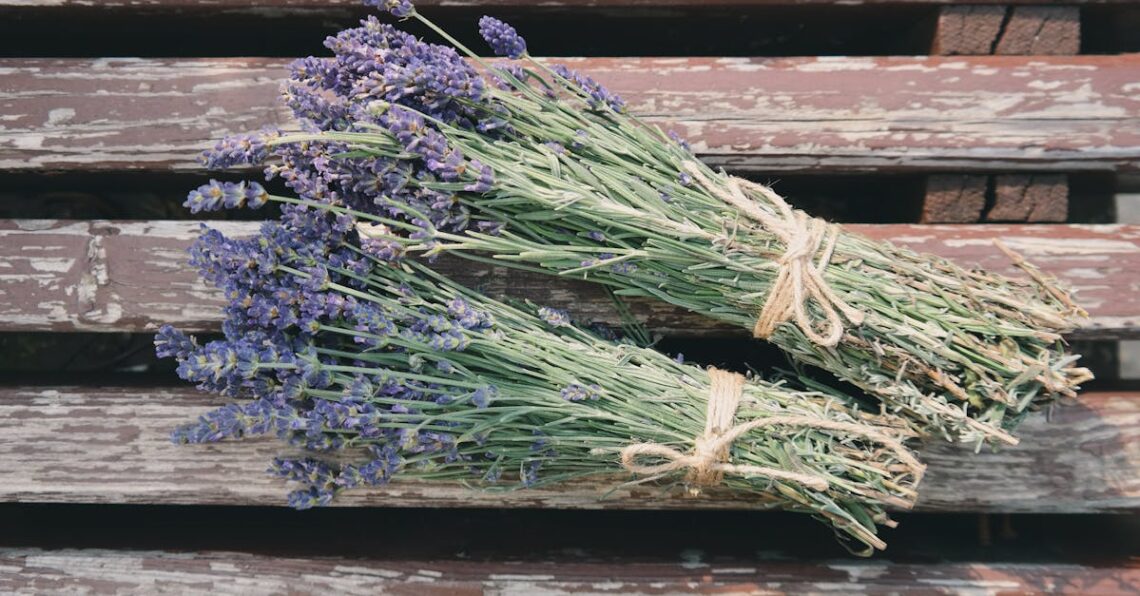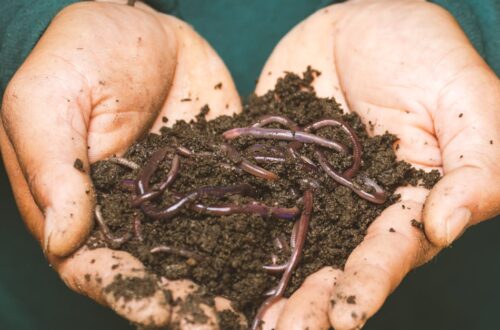Creating your own garden beds from recycled materials not only helps the environment but also adds a unique touch to your outdoor space. One popular option is the use of pallets. In this guide, we will go through how to make pallet garden beds, transforming these versatile wooden structures into flourishing homes for your plants. Alongside easy-to-follow steps, this article will provide tips and tricks to ensure your garden beds are both beautiful and functional.
Understanding Pallet Garden Beds
Pallet garden beds are innovative, eco-friendly gardening solutions that repurpose wooden pallets into functional planting areas. These beds can effectively support various plants, making them popular among urban gardeners and those looking to maximize small spaces. With a few simple modifications, like adding landscaping fabric and soil, you can create a thriving garden ecosystem while promoting sustainability. The concept not only reduces waste but also allows you to showcase vibrant flowers, herbs, or vegetables in an organized manner. If you’re wondering how to make pallet garden beds, start by gathering materials and planning your layout for optimal sun exposure and drainage.
What is a Pallet Garden Bed?
A pallet garden bed is created by modifying and using wooden pallets as the structural base for planting. This method is both cost-effective and environmentally friendly.
Benefits of Using Pallets for Gardening
Using pallets for gardening provides numerous benefits including improved drainage, reduced soil compacting, and an aesthetically appealing way to organize plants.

Materials Needed for Making Pallet Garden Beds
Creating a pallet garden bed requires careful selection of materials. Start with wooden pallets, ensuring they are untreated to avoid harmful chemicals in your soil. Check for damage or rot, as sturdy pallets provide better support for your plants. Besides pallets, you’ll need landscape fabric or weed barrier to prevent weeds from growing through the soil. Additionally, gather soil, creating nutrient-rich layers for healthy plant growth. To learn how to make pallet garden beds effectively, invest in quality organic soil or compost to enhance plant nutrition. Consider planting herbs, vegetables, or flowers to maximize your garden’s output.
Selecting the Right Pallets
When choosing pallets, look for Heat Treatment (HT) stamped pallets. These are safe for gardening, unlike those marked with MB (methyl bromide) which contain harmful chemicals. Avoid pallets that show signs of rot or damage, as they may not hold up over time, compromising your garden’s foundation.
Essential Tools and Supplies
To build your pallet garden bed, gather essential tools such as a hammer, nails, or screws for assembly. A saw may be necessary for cutting pallets if adjustments are needed. Don’t forget gloves to protect your hands while handling wood, and a level to ensure even construction for your garden bed.

Preparing the Pallets for Garden Use
To create beautiful and functional pallet garden beds, it’s essential first to prepare the pallets properly. Start by cleaning the pallets thoroughly to eliminate dirt and debris, ensuring a safe planting environment. After cleaning, sand the surfaces to prevent splinters and create a smoother finish, enhancing the overall look of your garden bed. Additionally, it’s crucial to check for any chemical treatments used in the pallet’s original purpose. This step helps ensure that harmful substances don’t leach into your soil and plants. By taking these preparatory steps, you can confidently learn how to make pallet garden beds that are safe and ready for planting.
Cleaning and Sanding
Begin by using a stiff brush to remove dirt. Follow this by sanding the wood to prevent splinters.
Checking for Chemical Treatments
Inspect each pallet for stamps indicating chemical treatments. Choose those marked “HT” (heat-treated) for safety.

Designing Your Pallet Garden Bed Layout
When designing your pallet garden bed layout, start by selecting the ideal location. Look for a spot that receives ample sunlight for optimal plant growth, ideally 6-8 hours of direct sun daily. It’s essential to avoid overly shaded areas, ensuring your plants flourish and yield a bountiful harvest.
Next, focus on the size and height of your pallet garden beds. Consider how much space you have available and the types of plants you want to cultivate. A height of 18-24 inches is generally ideal, allowing for adequate root development while minimizing back strain during maintenance. By carefully planning your layout, you can create a productive and visually appealing garden space that fits seamlessly into your yard.
Choosing the Right Location
Selecting a sunny spot is crucial for plant growth.
Deciding on Size and Height
Aim for 18-24 inches high for easy maintenance.

Constructing the Pallet Garden Beds
Creating pallet garden beds is an eco-friendly way to enhance your outdoor space. Begin by selecting sturdy pallets, ensuring they are free of chemicals. Disassemble the pallets into planks and arrange them to form the desired bed shape. Secure the corners with screws and add a protective liner to maintain soil health and avoid contamination. For optimal plant growth, fill the beds with nutrient-rich soil. Engaging in this sustainable gardening process not only elevates your garden aesthetics but also allows for efficient use of recycled materials. Start cultivating your plants today and enjoy the benefits of home gardening!
Step-by-Step Assembly Instructions
To assemble your pallet garden beds, lay the pallets flat and use screws to connect the ends securely. Create additional layers for height by stacking more pallets as needed. Add a bottom layer of wire mesh for drainage.
Securing the Structure
Ensure the stability of your pallet garden bed by anchoring it into the ground with stakes. This prevents shifting during heavy rains or winds.

Filling and Planting Your Pallet Garden Bed
Filling your pallet garden bed correctly is crucial for successful planting. Begin with quality organic potting soil that promotes drainage yet retains moisture. A mix of compost, peat moss, and garden soil ensures optimal nutrient availability. For best results, layer the soil to enhance aeration. You may even want to add perlite or vermiculite to the mix for improved structure.
Once your pallet is filled, it’s time to choose suitable plants. Herbs such as basil, parsley, and chives thrive in pallet beds. Additionally, leafy greens like spinach and lettuce grow well, making them ideal for compact spaces. Ensure fruits or flowers selected can handle the pallet’s shallow soil. With the right combination, your pallet garden will flourish!
Soil Selection and Mixing
For an optimal start, select a high-quality potting mix. Combine organic matter, compost, and garden soil for nutrient-rich proportions.
Choosing the Right Plants
Select plants that adapt well to shallow soil, such as herbs and leafy greens, to maximize the yield from your pallet garden.

Maintaining Your Pallet Garden Beds
To truly optimize your pallet garden beds, it’s crucial to focus on proper maintenance. Regular watering is essential; aim for consistent moisture, particularly in dry spells. Fertilize your plants every few weeks with organic fertilizers to promote vibrant growth. Pay attention to the needs of different plants—they may require varying levels of nutrients. In addition to watering, implementing an effective pest control strategy is vital. Natural remedies such as neem oil or insecticidal soap can limit infestations while being safe for your plants. Regularly inspect your garden for signs of pests or disease, ensuring a healthy, productive garden. Regular care and monitoring can result in a thriving pallet garden bed that yields abundant produce.
Watering and Fertilization Tips
Ensure your garden receives adequate moisture, especially during hot weather. Use organic fertilizers to boost plant health.
Pest Control and Care
Utilize natural pest control methods like neem oil to protect your plants and regularly inspect for pest activity.

Conclusion
In conclusion, knowing how to make pallet garden beds offers a sustainable way to enjoy gardening while utilizing materials that might otherwise go to waste. By following the outlined steps, you can create beautiful, functional spaces that add value to your garden and daily life.






